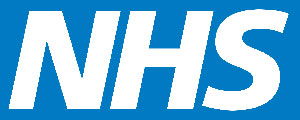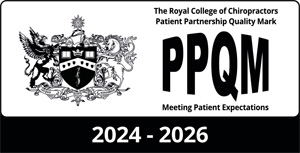Some women will find their bodies feeling less supportive and even unstable, especially in the lower back, pelvic region and the pubic symphysis joint. This condition is now more widely recognised and diagnosed, but many women still find they are left without helpful advice, support or treatment. The awareness of pelvic girdle pain (PGP) is increasing, but a wider knowledge of this diagnosis is still needed.
COMMON SYMPTOMS:
Some women are unable to walk for any length of time or even go up stairs. Many find it hard to look after their homes and children. Cleaning, shopping and getting in and out of the car can also be very difficult. Symptoms include pain, stiffness, swelling or “clicking” in the sacro-iliac joints at the back, symphysis pubis joint at the front or a combination of all of the above. Sometimes the pain refers down the thighs and legs.
This can really affect the confidence and emotional wellbeing during a time where hormones are already flowing wildly and your life is about to change drastically. It may also be a strain for the relationship.
HOW DOES THIS HAPPEN?
The pelvis forms a ring structure with the sacrum and two iliac bones. They fit snugly together, aided by pelvic muscles and ligaments for support. However, with the added weight and ligamentous softening associated with pregnancy, the stability and function of the pelvis may be affected. This is further aggravated if the pelvis is out of alignment from before, such as from an injury.
DON’T FORGET THE FEET!
The function of the pelvis is hugely influenced by the alignment of the feet. Some women may present with a ‘roll in’ (pronation) or ‘roll out’ (supination) posture of the feet, which may affect the knees, hips and pelvic stability. This is most commonly diagnosed by a Podiatrist.
It is essential that you find a therapist who has a special interest and experience in prenatal and post natal care. Research from the Pelvic Partnership has found that manual therapists specialising in pelvic alignment and function during pregnancy can be very helpful. The treatment needs to be individually tailored to make the best possible progress! The treatment needs to be gentle and adapted to each stage of the pregnancy. Muscle rehabilitation such as core stability techniques, Gym Ball, Pilates and Yoga are also very helpful; especially for long term progress. Try to get help early to achieve stability and alignment of the back and pelvis as soon as possible. Don’t expect pain to be normal!
THE GOAL FOR ANY PREGNANT WOMAN SHOULD BE TO ACHIEVE:
- Good postural, spinal and pelvic alignment.
- Muscle balance and relaxation.
- Good alignment of the feet.
- Awareness of posture and exercises for birth preparation.
10 TOP TIPS FOR PELVIC GIRDLE PAIN (PGP)
Stand evenly with the weight on both feet.
Avoid crossing the knees when sitting.
Avoid straddling movements such as getting in or out of a bath.
Put a plastic bag on the car seat and swing the legs in together when you sit down (don’t forget to remove it before you drive off).
Keep the knees together when you turnover in bed.
Use an ice pack over the joint for ten minutes/hour to reduce inflammation and pain.
The banana shaped pregnancy pillow is excellent support for both knees and the bump in bed.
Avoid weight bearing on one leg at a time, so sit down to get dressed.
Brace your abdomen as a corset when you need to bend or lift, such as hoovering, shopping or using a pushchair.
Wear supportive shoes and avoid flip-flops at all cost!
For further help and advice contact Wickford Chiropractic Clinic or look at www.pelvicpartnership.org.uk
With thanks to Tone Tellefsen Hughes at Luck’s Yard Clinic: 01483 527945.







